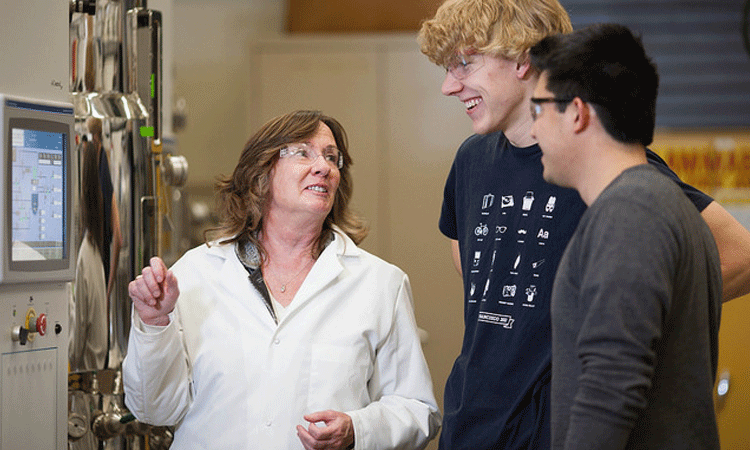Immunosorbent enzyme-linked assay is a biochemical procedure undertaken to diagnose disease or pathologies in plants and animals. It is also used as a procedure for quality control and checks.
Recombinant proteins are a result of merging of DNA from two different sources or species. To detect the presence of the recombinant proteins, ELISA is used and is preferred by many researchers and technologists. The plates used have wells then an unknown amount of antigen is put into the wells. Specific antibodies are then added followed by an enzyme-linked antibody.
There are four types of ELISA tests that can be done including; sandwich, direct, indirect and competitive ELISA. The following is an illustration of the direct ELISA test for diagnosis of HIV and other diseases involving recombinant proteins:
- Step 1
First, the virus protein; antigens, will be added to the wells. Plates used for ELISA tests are either 48 or 96-well plates. As a result, the antigens will coat the bottom part of the wells extensively.
- Step 2
An addition of the primary antibody. The primary antibody is added to the antigen in the plate. For instance, the HIV antibodies could be added or any other like the dengue fever antibodies, West Nile Fever or Ebola.
- Step 3
You will be required to wash away the excess antibodies in the plate. This is done hours after the antibody is added to the antigen in the welled – plates. Washing will remove unbound recombinant protein antibodies. This is also important to prevent any non-specific binding.
- Step 4
After washing away the primary antibody, a secondary antibody is added to the wells. The antibody added will recognize the esc2 protein antigens or any other antigens from the patients binding to the antigen through specific covalent bonds in a somewhat lock-and-key interaction. However, to differentiate the interactions between the primary and the secondary antibodies, the latter will have a colorimetric tag attached to it.
- Step 5
Excess and unbound secondary antibodies are washed off leaving behind the bound secondary antibodies.
- Step 6
After washing off unbound antibodies, the non-reactive substrate is added.
- Step 7
This is the step that gives the results of the reaction. The second antibody had a colorimetric tag. This means that if there was any interaction between the secondary antibody and the antigen, there will be a colour change. Lack of colour change will be an indicator of a negative reaction.
In conclusion, antigens have a very high specificity for antibodies. The antigen and antibody interaction is therefore very specific when it occurs. Antibodies have antigen binding fragments in their structure and the antigen binding sites have shapes particular for specific antigens. Therefore, specific antigens only will be bound. The result is a string interaction and the basis for ELISA tests. Enzymes increase specificity for the same interaction.
Recombinant proteins like esc2 can be identified in a similar way. Sandwich ELISA involves and enzyme-linked antibody added to the antigen-antibody mixture. The main difference between competitive and sandwich ELISA assays is the addition of the antibody before the antigen. The enzyme added converts the substrate to its detectable form.
About Author:
Kendra Moore is a lab technologist and a researcher in a renowned diagnostic lab. Her experience with recombinant proteins like ESC2 is extensive and she recommends the use of ELISA kits and other EIA processes for the most accurate results.


Be the first to comment on "Steps for Testing the Presence of Recombinant Proteins Using ELISA"